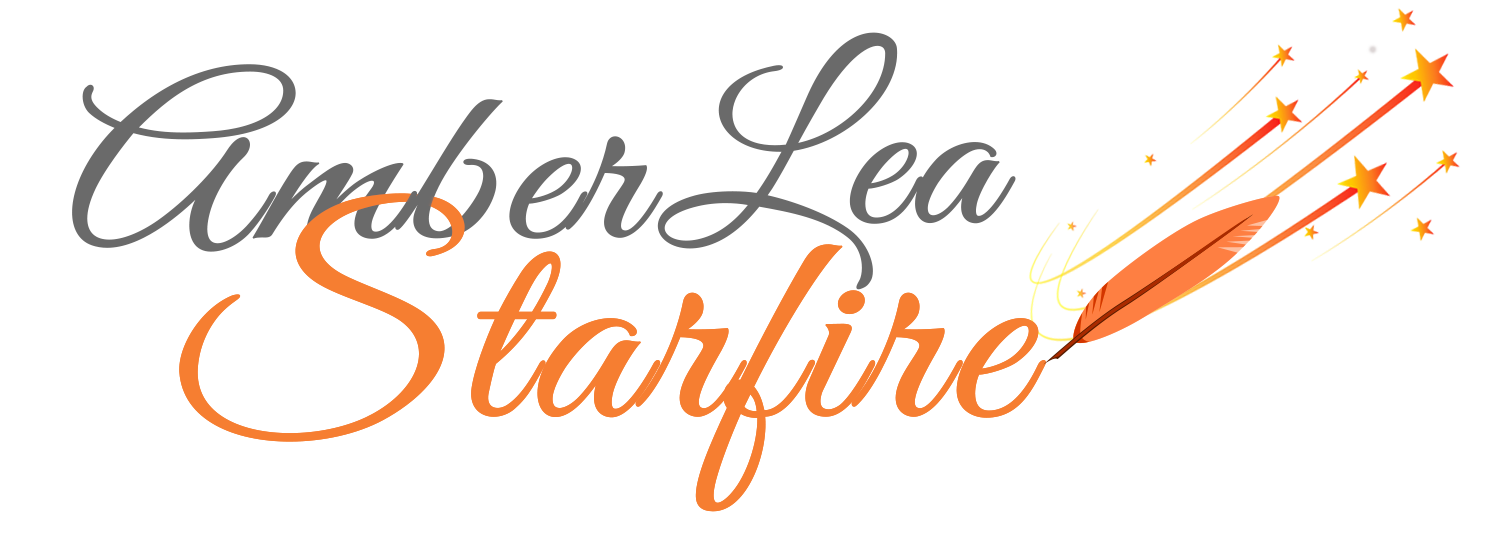MEMOIR IS USUALLY structured like fiction: roughly linear (either forward or backward), with or without a prologue, and often with an epilogue or afterward. It tells a story with a recognizable beginning, middle, and end. The novel story structure is solid and time-tested and works for any memoir.
But what if that structure doesn’t work for you? What if the story you have to tell wants to be expressed in a different way? What if you want to write a memoir consisting entirely of poems, mix poetry with prose, journalistic techniques with fantasy, or structure your memoir like a list?
Fortunately, memoir (and creative nonfiction in general) allows for many structural forms. While not mainstream, all of these forms and techniques can work well in memoir, if done carefully and with the reader in mind.
Your memoir can be a carefully curated collection of poems, such as After the Fire by bestselling mystery author, J.A. Jance. Originally published in 1984, just before her debut mystery novel, poetry was Jance’s way of “…looking at ordinary objects or events and turning them into something beautiful.” In the third edition, published in 2013, Jance added an introduction to each poem to give it background and context within her life story. But, in my opinion, the context wasn’t needed — the poetry says it all.

Or, how about Poetry Will Save Your Life: A Memoir, by Jill Bialosky? Its Amazon page describes this memoir as, “a delightfully hybrid book: part anthology, part critical study, part autobiography” (Chicago Tribune) that is organized around fifty-one remarkable poems by poets such as Robert Frost, Emily Dickinson, Wallace Stevens, and Sylvia Plath.”
In the preface to her memoir, Bialosky writes, “Poems are composed of our own language disordered, reconfigured, reimagined, and compressed in ways that offer a heightened sense of reality and embrace a common humanity. …I have found that…a poem in its condensed form casts its own light on the ways in which we live in the world.”
How should we classify a structure that breaks the mold as Bialosky’s memoir does?
One of my editing clients wrote her memoir in 3rd person, mixing the prose with fragments from her childhood diaries and artwork she created. Though the memoir was fragmented and visual, like graphic fiction, this memoir worked because the author retained a roughly linear timeline and kept it restrained. Readers of her memoir will come away with an intuitive and emotional, rather than explicit, understanding of the author’s life, her relationship with her mother, and how she overcame her childhood wounds to become the woman she is today.
Another client of mine has written a collection of favorite anecdotes pulled from his life experiences, told, exaggerated, and repeated often as life tales are. “Is this a memoir?” he asked me once. I said, “Absolutely.” It doesn’t follow conventional novel form, but it’s also not so outside the box as to be unrecognizable.
Pam Houston’s A Little More About Me is a similar sort of memoir — a collection of essays that can each stand alone as a separate and whole work, but together they create a larger picture, a literary montage of Houston’s life.
Other experimental memoirs* include Maggie Nelson’s The Argonauts, “a genre-bending memoir, a work of ‘autotheory’ offering fresh, fierce, and timely thinking about desire, identity, and the limitations and possibilities of love and language”; Pulitzer Prize finalist, A Heartbreaking Work of Staggering Genius, by Dave Eggers; and Lying: A Metaphorical Memoir, by Lauren Slater, in which the author “forces readers to redraw the boundary between what we know as fact and what we believe through the creation of our own personal fictions.”
In Brevity Magazine’s interview between authors Brandon Schrand and Joe Wilkins, “On Form and Experimentation in Memoir,” Schrand talks about how mass-market memoirs “behave like novels,” and “tend to be conventional in form and execution with rising action, conflict, and some semblance of, or reach toward, resolution.” He goes on to discuss how memoir can be structured more like essay, which is allowed to wander, explore, and experiment with form. His approach to writing his own memoir was to focus on fragments structured around an emotional, rather than a chronological narrative.
Other ways to experiment with memoir form is to play with Point of View (POV). You may assume that memoir is always written in first person, but it doesn’t have to be. You can write your memoir, or sections of it, in second or third person, as if you were on the outside watching your life happen. This technique of shifting POV can be particularly and viscerally effective in a memoir which explores states of dissociation. POV can be used to distance readers emotionally from or closer to the narrator’s experience.
So, how do you go about writing a memoir that doesn’t follow standard form?
First, read lots and lots of memoirs — both conventional and postmodern forms. Analyze and compare them. Consider these questions as you analyze what you’ve read:
- What do you like most about the experimental forms?
- What do you like the least?
- What qualities do successful memoirs have that unsuccessful ones don’t? (Successful being defined as those that are interesting, engaging, and move you emotionally in some way.)
- What do all these memoirs have in common?
- In a fragmented memoir, what grounds the reader in the story?
- In a poetic memoir, how does the author organize the poems so that together they create a sense of the whole?
- In a memoir that is told from an unusual or shifting point of view, how does the author transition between points of view? What makes the point of view work or not work?
Then, maintain a sense of play as you construct your own memoir. Experimentation takes a willingness to not take yourself or your writing too seriously. You must be willing to try different approaches without being attached to any in particular — and then look at your work with objective honesty.
You’ll know when what you’ve written hits the mark.
And when you have something you like, even if it’s just a section, share it with beta readers, those you can trust to give you their honest response. It’s also helpful to have an open-minded developmental editor who has experience working with different forms and who can give you valuable feedback during the writing process.
In the end, the form you choose for your memoir is highly personal. Yet, be sure to always keep your readers in mind so that whatever form you choose is the most effective way to communicate the heart of your story.
Have you written an experimental (or postmodern) memoir? Share your story in the comments.
* I have not read the memoirs in this paragraph but include them here to illustrate some of the variety of experimental memoir forms that have been published.







From the beginning, my motto has been, “what works, works…” often tossing aside convention. Your words were, therefore, encouraging. I had no idea that other memoirists had struggled with some of the same issues I had. Thanks!
Oh yes, Sara — I think many of us struggle with those questions/issues of form and structure. I’ve always said that memoir writing is a messy business. More so than fiction, I think, but then I have a lot less experience with fiction so I could be wrong.
I was having a great deal of trouble writing my travel memoir, until I joined a writing group that assessed Trespasses, a literary memoir by Lacy M. Johnson. In reading this short book, I understood that I, like her, did not have to tell my own story in a linear, chronological fashion. And I could move from first to second to third person if I chose. It was liberating to read this work of short chapters that moved through time in a way that seemed at first glance chaotic, but, in fact, made perfect sense. Since then, I have understood just how important it is to read the work of others, and not just those authors who write the type of memoir that I intend to produce. I see how valuable to look at and, more importantly, break down, how authors narrate lived experiences in order to think about what resonates in terms of narrative style and why.